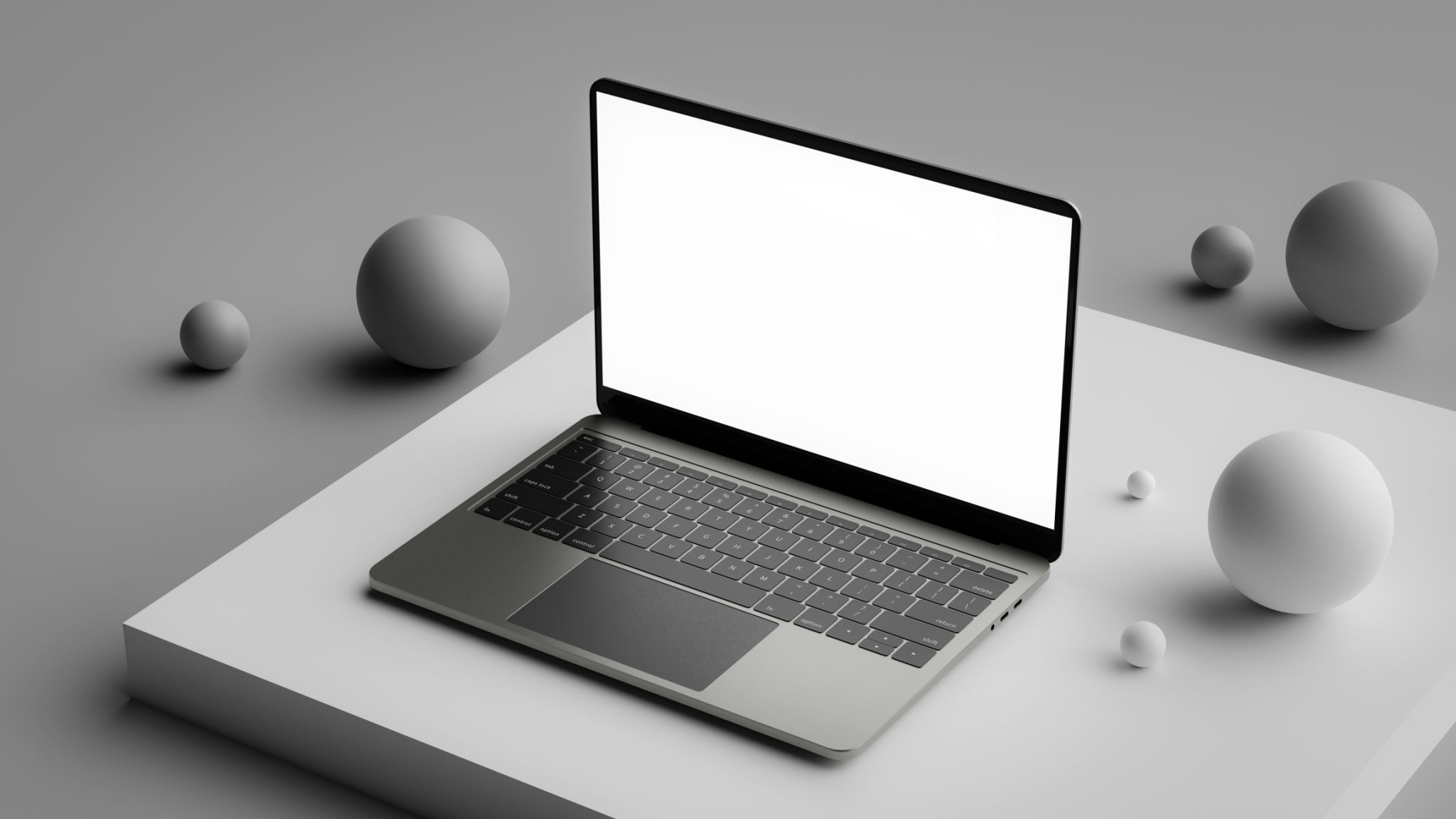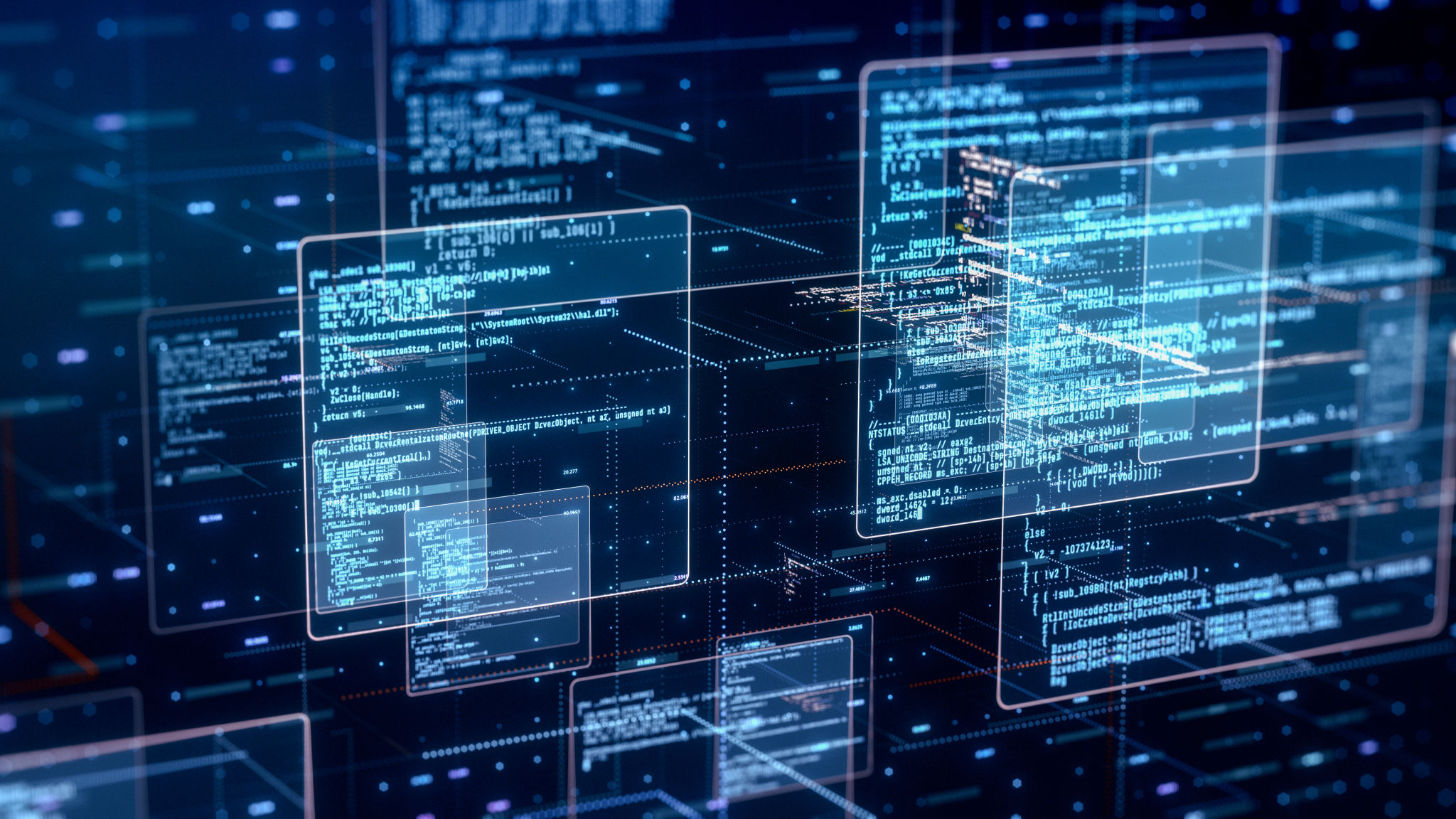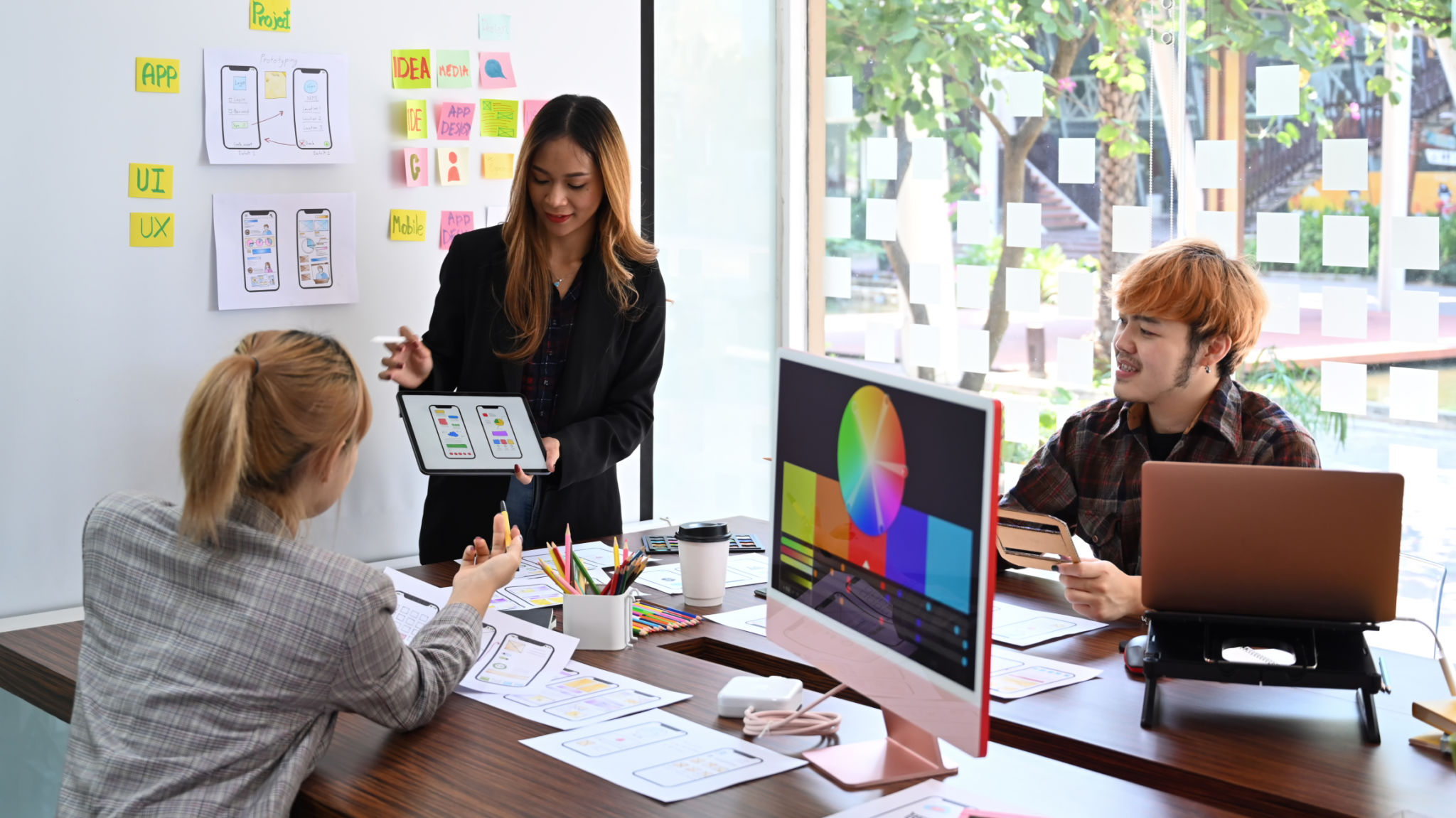The Future of Web Design: Trends to Watch and Incorporate
Embracing Minimalism in Web Design
The future of web design is leaning towards minimalism, where simplicity and functionality take center stage. With users demanding faster load times and a seamless browsing experience, designers are focusing on creating clean, uncluttered interfaces. Minimalist designs not only improve user engagement but also enhance the aesthetic appeal of websites.
Incorporating whitespace, or negative space, is a key aspect of minimalist design. This approach allows for better content readability and helps direct user attention to essential elements. By avoiding excessive elements and focusing on core features, designers can create a more intuitive user experience.

Responsive and Adaptive Design
As mobile usage continues to rise, responsive and adaptive design has become imperative for web designers. Ensuring that websites offer an optimal experience across various devices and screen sizes is crucial. Responsive design involves creating a single layout that adapts to different screen sizes, while adaptive design uses multiple fixed layouts for different devices.
Utilizing flexible grids, scalable images, and CSS media queries, designers can ensure their websites provide a consistent experience for all users. This adaptability not only improves user satisfaction but also positively impacts search engine rankings.
AI and Machine Learning Integration
The integration of artificial intelligence and machine learning in web design is transforming how websites interact with users. AI-driven chatbots and personalized content recommendations enhance user engagement by providing tailored experiences. Machine learning algorithms can analyze user behavior to predict preferences and deliver customized content.
By leveraging AI technologies, designers can create more dynamic and interactive websites that respond to user needs in real-time. This level of personalization can significantly improve conversion rates and foster customer loyalty.

Micro-Interactions for Enhanced User Experience
Micro-interactions are subtle animations or design elements that provide feedback and guide users through a website. These small-scale interactions can make a significant impact on the overall user experience by adding a layer of interactivity and engagement. Examples include button animations, hover effects, and loading indicators.
Incorporating micro-interactions into web design can make a website feel more responsive and intuitive. They help users understand the functionality of a site without overwhelming them with information. When used effectively, micro-interactions can contribute to a more enjoyable and efficient browsing experience.
Voice User Interface (VUI) Integration
With the increasing popularity of voice-activated devices like smart speakers and virtual assistants, integrating Voice User Interface (VUI) into web design is becoming more prevalent. VUI allows users to interact with websites using voice commands, providing a hands-free browsing experience.
Designers should consider optimizing their websites for voice search by incorporating natural language processing and voice recognition technologies. This trend not only enhances accessibility but also caters to the growing number of users who prefer voice-based interactions.

Sustainability in Web Design
As awareness of environmental issues grows, sustainability in web design is gaining traction. Eco-friendly websites focus on reducing energy consumption by optimizing performance and minimizing data transfer. This involves using efficient coding practices, optimizing images, and leveraging caching techniques.
Designers can also promote sustainability by choosing green hosting providers and encouraging sustainable user behaviors. By prioritizing eco-friendly practices, businesses can reduce their carbon footprint and appeal to environmentally conscious consumers.
Conclusion: Staying Ahead in Web Design
The future of web design involves embracing new technologies and trends that prioritize user experience and sustainability. By incorporating minimalist designs, responsive layouts, AI integration, micro-interactions, VUI, and sustainability practices, designers can create websites that meet the evolving needs of users.
Staying informed about the latest trends and continuously adapting to changes in the digital landscape will enable designers to craft innovative and effective web solutions. Embracing these trends not only enhances user satisfaction but also ensures long-term success in an ever-changing online environment.
